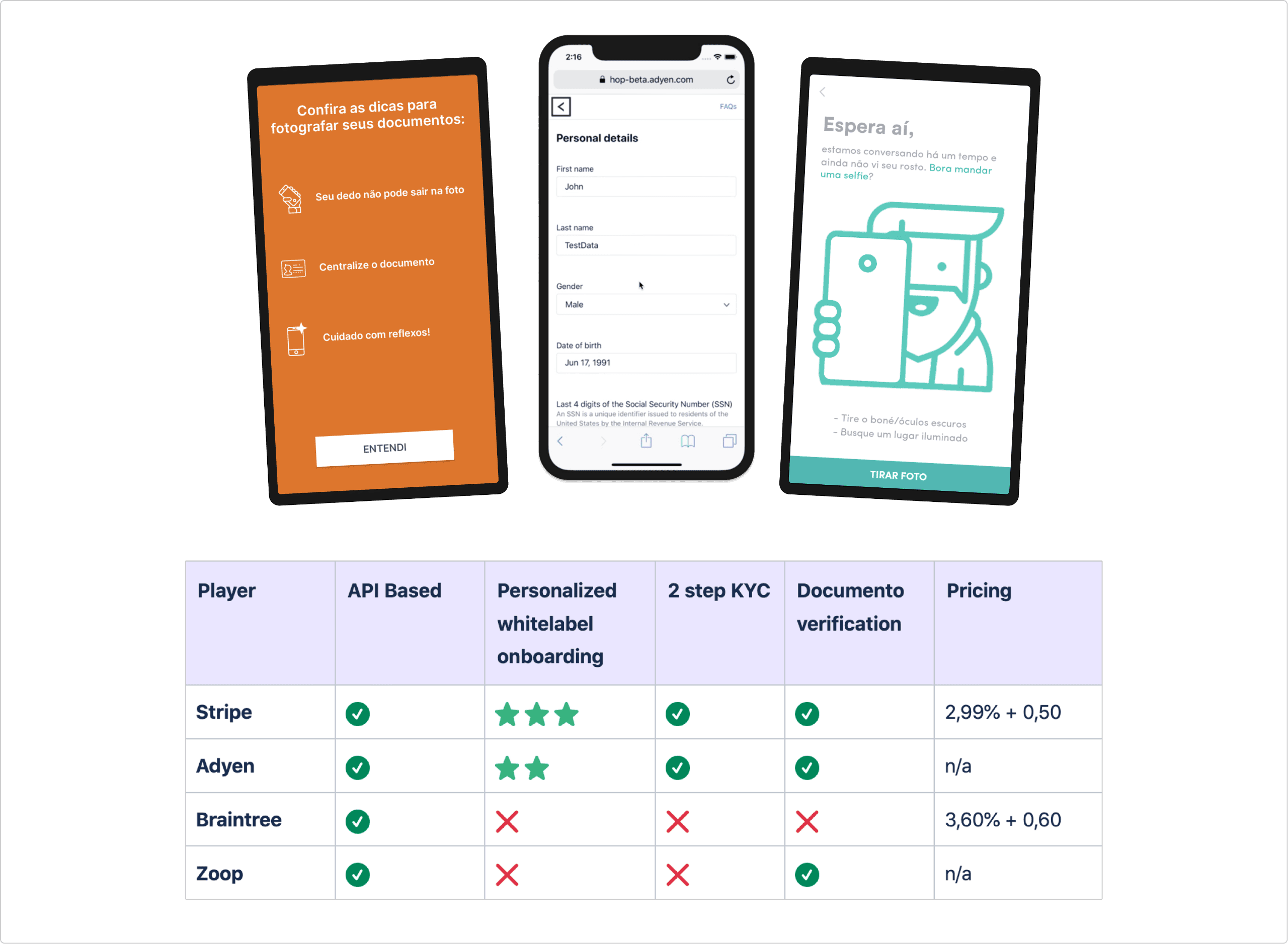Led the UX process from discovery to handoff of a tool that resulted in
📉 60% faster chargeback resolution time for EV damaged parts
🚫 Fewer damaged parts: 47% of suppliers improved quality after one chargeback
🔍 Brought structure to the chaos — centralized damage handling into a single, trackable flow
Context
At Rivian, engineers were struggling to manage chargebacks from damaged electric vehicle parts arriving from suppliers on a mess of spreadsheets, emails, and threads
This was slowing down production by delaying part replacements and creating friction with suppliers.
Opportunity
Help engineers manage damaged parts, communication with suppliers, and track chargebacks to avoid repeated issues.
Approach
I led research, wireframing, prototyping, testing, and developer handoff while collaborating with PM and devs.
Mapped the end-to-end damaged part workflow through user interviews and surveys partnering with product and engineering .
When consolidating user needs, one major challenge was reaching an agreement on the chargeback resolution workflow every engineer had their own way of handling it, and there was no standard process.
To address that, the PM and I created two short workflow versions that captured the essential steps and were easy to implement.
We presented both options to engineers, gathered feedback, and iterated until we reached a simple, standardized flow that everyone could align on.
After that, I
Sketched low-fidelity wireframes and validated with engineers
Ran quick feedback loops to refine usability and interaction
Delivered a clean, integrated module on Rivian’s internal platform
User interface and prototype
Outcome
After 90 days of release, 8 internal engineers and 19 suppliers used the tool with around 340 chargebacks processed. In this meantime, we saw the following improvements
📉 60% faster chargeback resolution time for EV damaged parts
🚫 Fewer damaged parts: After one chargeback, 47% of suppliers had no recurring chargebacks in 120 days
🔍 All chargebacks centralized into a single, trackable flow
